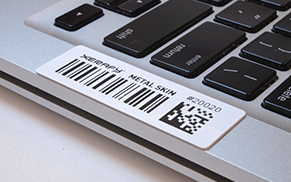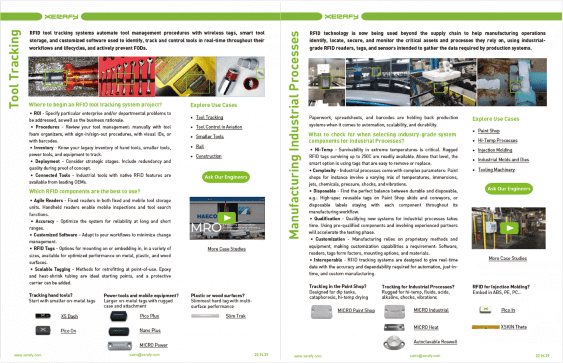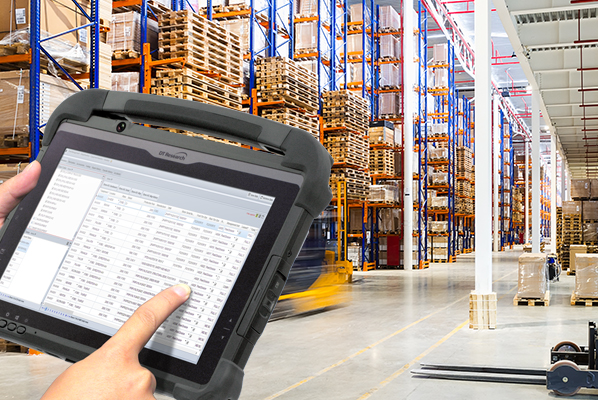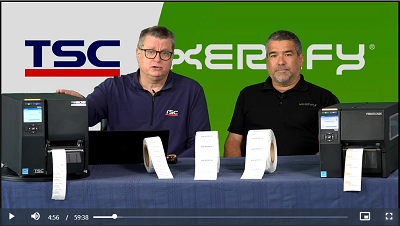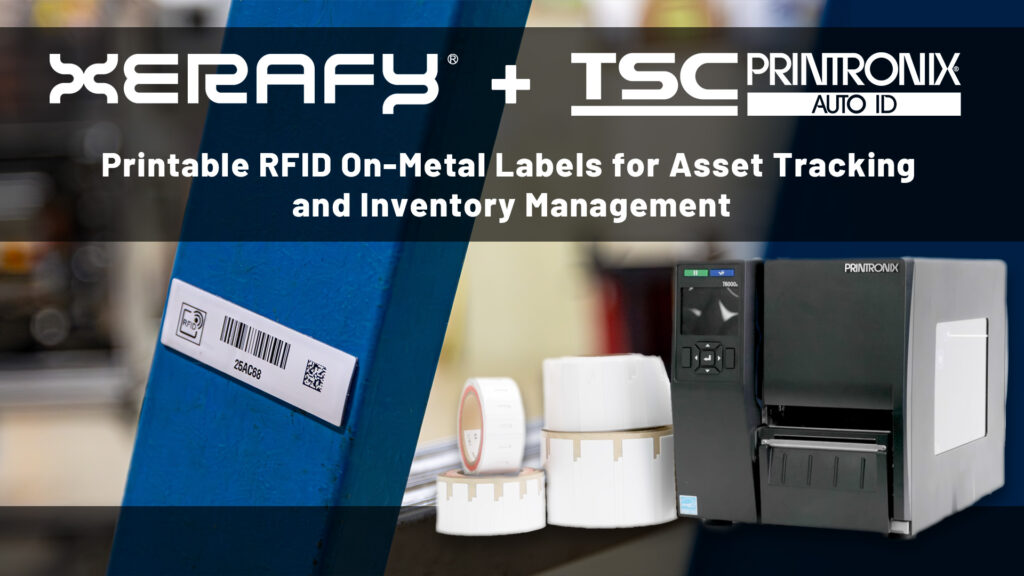IT Asset Management
with RFID
Reliable RFID for mobile devices and high-value tech in metal-dense environments: Tag laptops, scanners, tablets and phones, even in cluttered racks and labs, without line of sight. Gain accurate location, usage logs and audit-ready accountability in real-world settings.
IT asset management uses RFID to automate identification and tracking, improving accuracy and speed while reducing manual effort.
Tags applied to laptops, mobile devices, scanners and lab equipment transmit data to RFID readers without line of sight, even in metal-dense or high-traffic environments. Location, status and custody records are captured automatically, removing the need for manual checks and reducing errors. RFID works alongside network-based asset discovery, adding physical presence and movement history to the logical data collected by IT systems.
IT assets and mobile devices are part of the wider digital infrastructure that underpins modern business operations, making their accuracy, availability and accountability critical to performance and resilience. This automation shortens audit cycles, strengthens accountability through audit-ready usage logs, and delivers complete lifecycle visibility from procurement to retirement, supporting better decisions on allocation, maintenance and upgrades.
IT asset management (ITAM) uses facility-deployed RFID to automate visibility across the full range of enterprise productivity equipment.
RFID tags applied to servers, laptops, tablets, smartphones, printers, monitors and network devices deliver reliable reads in mixed-material environments, from metal racks to open offices. This enables IT teams to locate, audit and update asset records without manual scanning, even in high-density device areas.
Integrated with ITAM software, RFID data feeds directly into the CMDB via API or middleware, reconciling with network discovery and procurement records. The result is accurate, audit-ready asset information and custody logs that reduce loss, speed up cycle counts and support better lifecycle planning from procurement through retirement.
Managing inventory scanners is critical in environments such as warehouses, distribution centers and operations rooms, where misplaced devices can disrupt workflows and reduce throughput.
RFID-enabled cabinets and vending stations automate check-in/check-out by recording the location, time and custodian for each scanner. This prevents loss, speeds up retrieval, and ensures devices are charged and ready for the next shift.
When integrated with IT Asset Management software, RFID events update the CMDB in real time, reconciling with usage, maintenance and allocation records. The result is improved accountability, fewer lost devices, and optimized device availability throughout the lifecycle.
RFID enables precise tracking of laboratory instruments and enforces compliance with calibration schedules, ensuring that only in-spec equipment is in use.
In R&D and high-security labs, RFID tags record location, custody and usage history for each asset, helping prevent unauthorized use and reducing the risk of loss. Integration with IT Asset Management software links RFID events to calibration records, maintenance schedules and security protocols, supporting both operational efficiency and IP protection.
This approach delivers audit-ready compliance data, safeguards sensitive equipment, and optimizes utilization by making asset availability, calibration status and movement history visible in real time.
Case Studies RFID IT Assets
IT Asset Management With RFID
25% Decrease in Data Entry Errors
Automated RFID reads capture location, status and custodian without manual input, improving accuracy and eliminating missed updates.
40% Reduction in Audit Time
Cycle counts and spot checks complete in minutes, with audit-ready logs for accountability and faster compliance reporting.
+15% Asset Utilization
Underused devices are identified and redeployed, reducing idle inventory, preventing loss and improving return on investment.
FAQs RFID IT Assets
How to RFID tag small devices such as laptops?
Select tags tuned for the device material and shape.
Laptops and many tablets have metal surfaces, so use on-metal printable RFID labels designed for reliable reads in that environment.
Low-profile flexible tags such as the Metal Skin® Delta and Titanium adhere unobtrusively and perform well on flat or slightly curved metal, supporting accurate location and status updates during audits.
What are the smallest RFID tags for IT asset tracking?
For laptops, tablets and other office devices, ultra-thin printable RFID labels such as the Metal Skin® Delta and Titanium provide reliable performance while remaining unobtrusive.
For assets exposed to rough handling or harsh conditions, compact rugged tags like the Xerafy PICO On and Slim TRAK deliver durability and secure mounting without sacrificing read range, making them ideal for mobile carts, shared devices and equipment in high-traffic areas.
Can you RFID tag curved surfaces?
Yes. Flexible, conformable RFID tags are available for curved or irregular surfaces, including handheld scanners, mobile phones and cylindrical lab instruments.
These maintain read performance while following the device geometry, ensuring consistent tracking and audit accuracy.
How to maintain read accuracy in dense IT environments?
Use tags tuned for metal or mixed materials, position them to maximize reader line-of-sight or coupling, and configure reader power to reduce stray reads. In metal-dense areas, consider using shielding or specialized antennas to isolate read zones.
Which ITAM software integrates with RFID?
RFID systems can feed asset location, status and custody data directly into ITAM platforms such as ServiceNow, Ivanti Asset Manager, TrackX, Asset Panda and IBM Maximo.
Integration is typically via API or RFID middleware, which filters reads and maps them to CMDB fields for reconciliation with network discovery and procurement records.
How should RFID tagging be tested before deployment?
Always validate tag performance in the actual environment — on the device, in its storage or usage location, and within expected read ranges. Test for consistent reads during normal handling and movement to confirm placement and tag selection are optimal.
How does RFID improve accountability in ITAM?
Each RFID read is time-stamped and associated with a specific reader location, creating a custody trail for every asset movement. This audit-ready log supports compliance, helps recover misplaced devices, and deters loss by making usage transparent.
